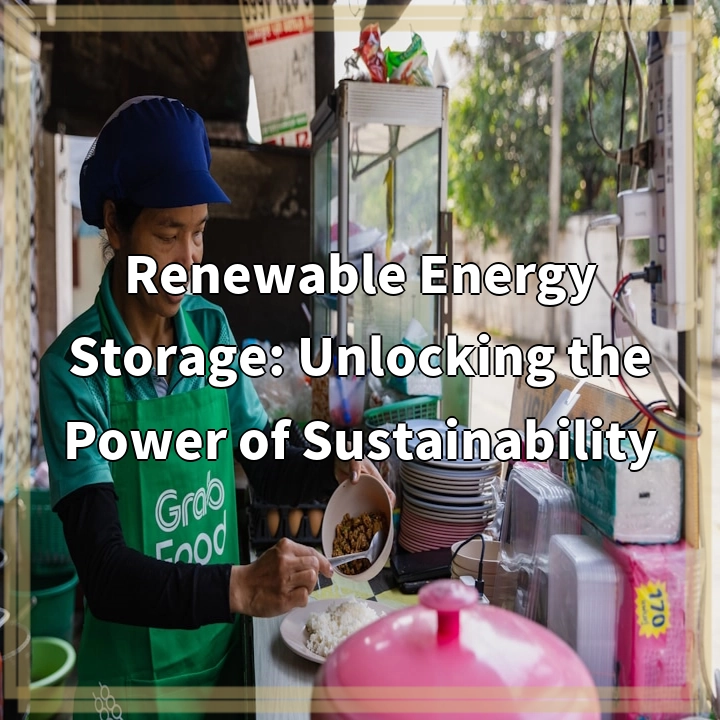
What is Renewable Energy Storage?
Renewable energy storage refers to the collection and retention of energy generated from renewable sources such as solar, wind, and hydroelectric power. It involves capturing the excess energy produced during times of high generation and storing it for later use when demand is high or during periods of low renewable energy production.
Real-world Problems Associated with Renewable Energy Storage
1. Intermittency
Renewable energy sources are inherently intermittent, meaning they are dependent on weather conditions and other uncontrollable factors. This unpredictability poses a challenge for energy storage solutions as the supply and demand of electricity must be balanced in real-time.
2. Scalability
Scaling up renewable energy storage systems to meet the increasing demand for clean energy can be challenging. The storage capacity must be able to accommodate the variability of renewable energy generation and fluctuating electricity demand, requiring significant investments in infrastructure and technology.
3. Technological Limitations
While there have been advancements in energy storage technologies, such as battery systems and pumped hydro storage, there are still limitations to their performance and efficiency. For instance, current battery technologies have limited energy densities and lifespans, impacting their effectiveness and viability for large-scale renewable energy storage.
4. Environmental Impact
Renewable energy storage solutions also come with environmental challenges. For example, the extraction and disposal of materials used in battery storage systems can have environmental consequences. Additionally, some energy storage methods, such as pumped hydro storage, may require altering natural landscapes, potentially affecting ecosystems.
5. Cost
Cost is a significant challenge when it comes to scaling up renewable energy storage. While the prices of storage technologies have been declining, there are still considerable upfront costs associated with establishing storage infrastructure and integrating it into the existing energy grid.
Overall, while renewable energy storage holds immense promise in enabling a sustainable energy future, addressing the real-world problems associated with it is crucial for its widespread adoption and effectiveness.

Solutions for Renewable Energy Storage Challenges
1. Technological Advancements
Investing in research and development to drive innovation in energy storage technologies is paramount. This can lead to advancements in battery technologies, such as higher energy densities, longer lifespans, and improved performance, making them more efficient and effective for renewable energy storage.
2. Grid Flexibility and Integration
Developing a flexible and robust electricity grid is essential for accommodating the intermittent nature of renewable energy sources. This involves enhancing grid infrastructure and implementing smart grid technologies that can dynamically manage the flow of electricity and balance supply and demand in real-time.
3. Energy Storage Diversity
Exploring and implementing a range of energy storage technologies is crucial to address the scalability and intermittency challenges. This includes not relying solely on one storage method but incorporating a mix of technologies such as batteries, pumped hydro storage, compressed air energy storage, and thermal storage, to diversify energy storage solutions.
4. Policy Support and Incentives
Government policies that incentivize renewable energy storage and provide financial support can greatly encourage investment and deployment of storage solutions. Offering tax credits, grants, and favorable regulations can make renewable energy storage more economically viable, accelerating its adoption.
5. Circular Economy Approach
Taking a circular economy approach to renewable energy storage can help mitigate the environmental impact. This involves optimizing material use in storage technologies, promoting recycling and responsible disposal practices, and exploring second-life applications for used batteries or components.
By implementing these solutions, we can overcome the challenges associated with renewable energy storage and unlock the full potential of sustainable and reliable clean energy.















